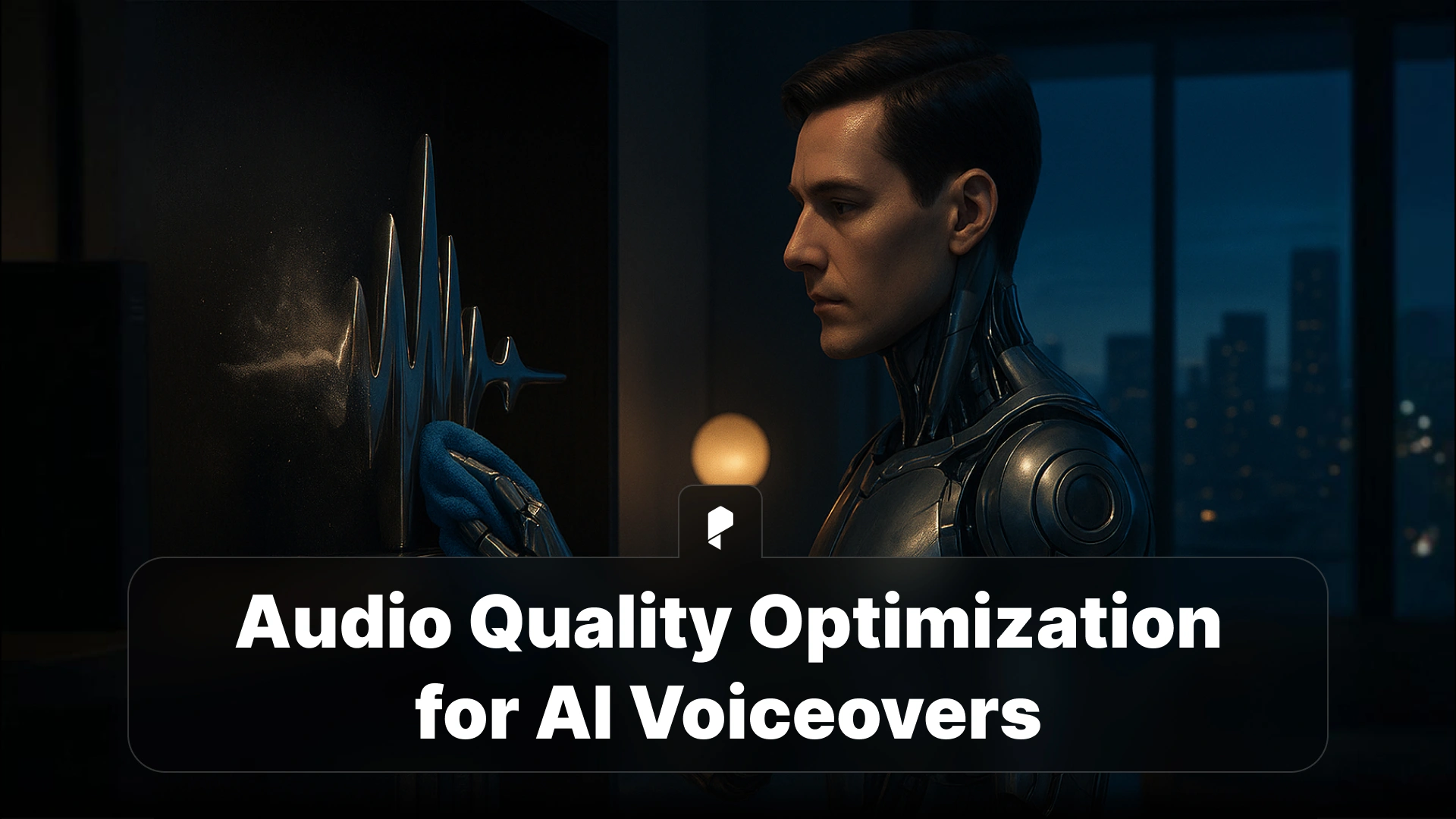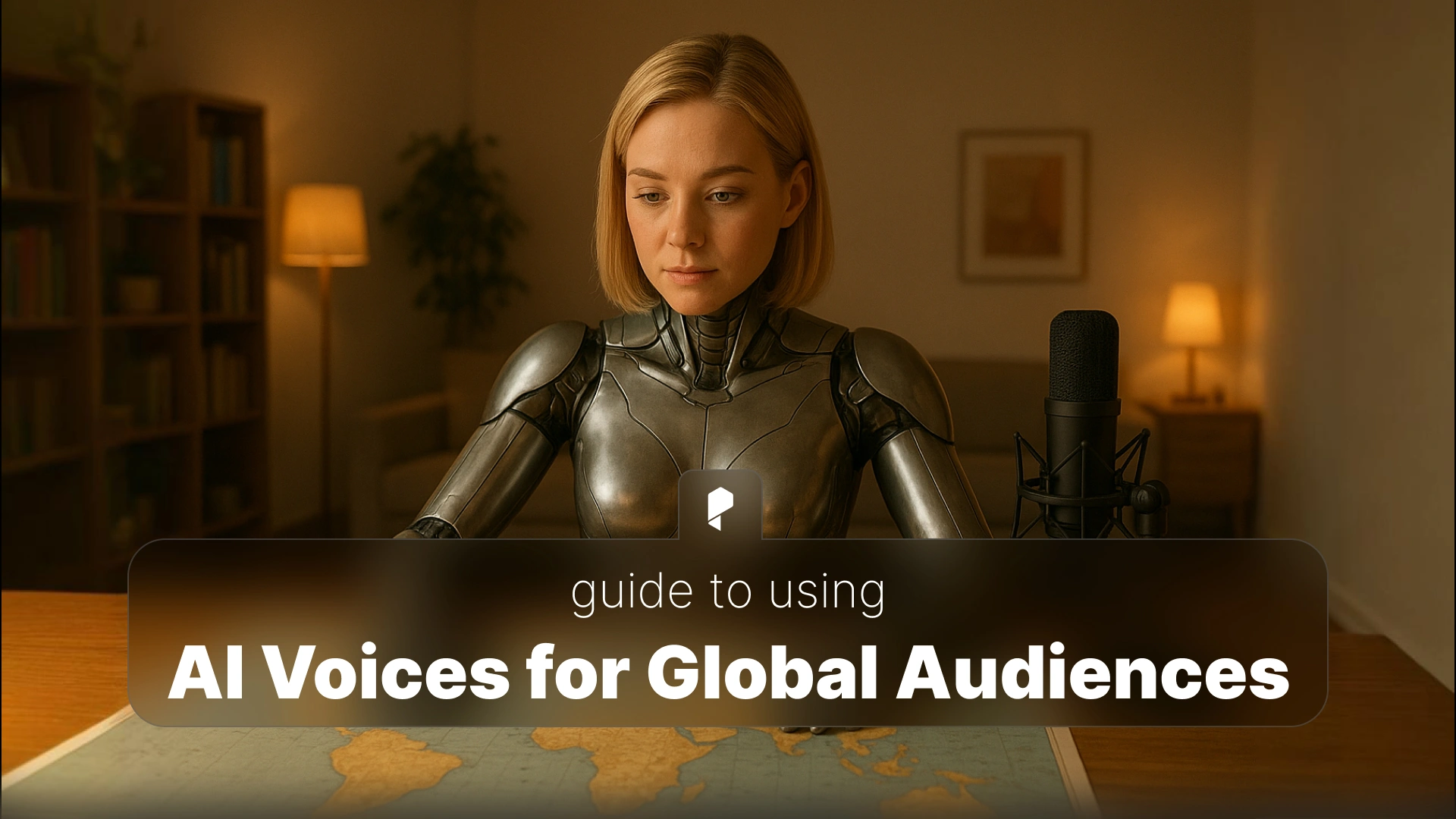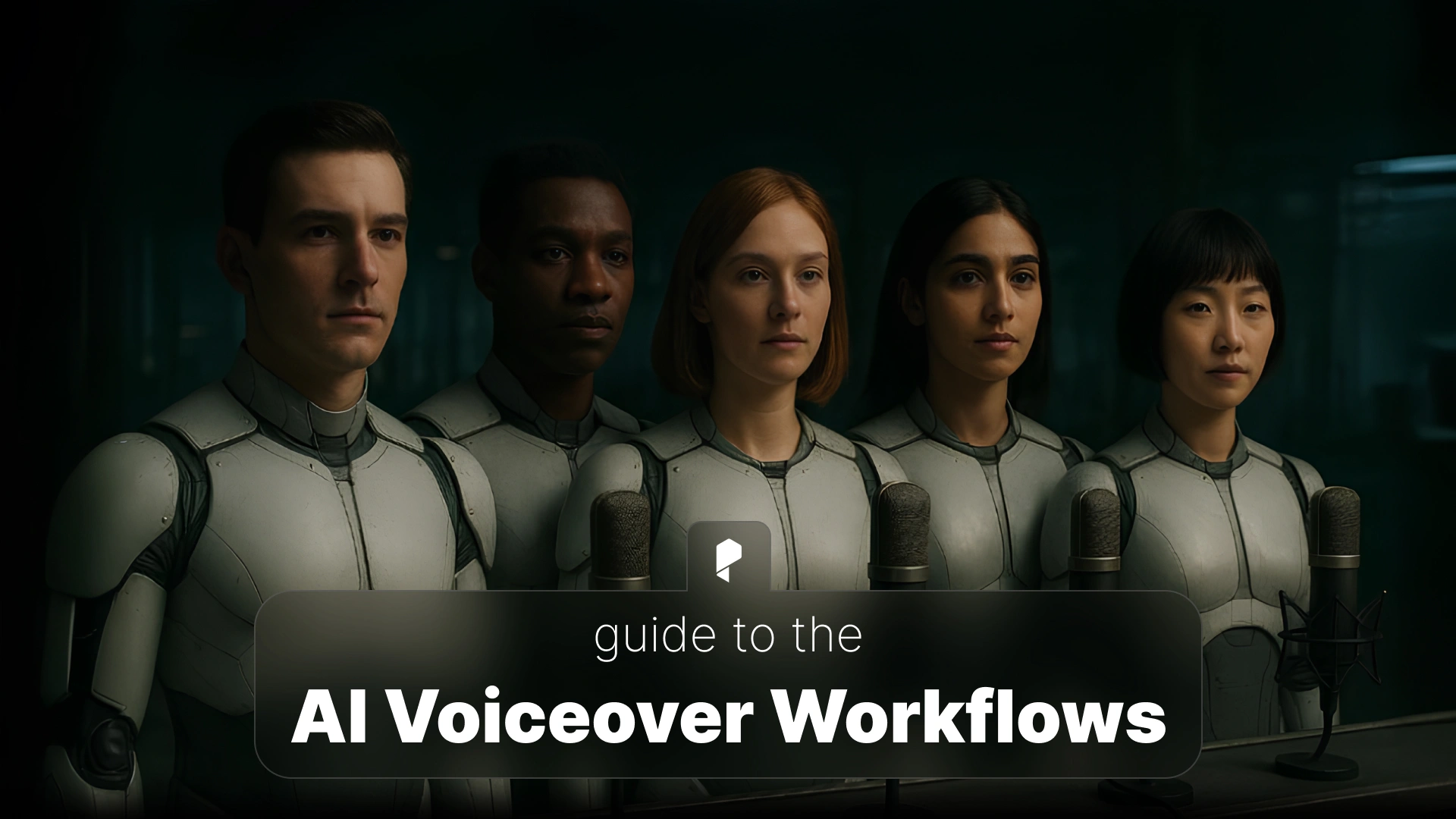AI Voiceovers and the Creator Economy: How Automation is Redefining Content Creation

This is where AI voiceovers come in. These tools are not only removing production bottlenecks but also empowering creators to scale their storytelling and content output without compromising quality. From YouTubers to small studios, creators are using AI tools for creators to narrate, localize, and publish content faster than ever before. As platforms like Pixflow’s AI Voiceover demonstrate, automation is helping creators do more with less, transforming both creativity and productivity in the process.
If you want to learn how this technology works behind the scenes, check out AI Voiceovers: The Complete Guide which explore the models and methods driving this new wave of creator innovation.
The Rise of the Creator Economy
However, this independence also means creators need to manage every part of production themselves. From scripting to sound design. As the volume of content increases, scalable tools have become essential. AI in content creation provides this scalability by automating repetitive or time-consuming tasks, enabling creators to focus on creativity instead of logistics.
From editing to voice generation, automation tools are no longer optional. They are the backbone of the modern creator economy automation movement, allowing creators to deliver more content in less time and compete with large-scale productions on quality and speed.
How AI Voiceovers Fit In
For creators working across multiple platforms, this means flexibility and efficiency. A YouTuber can instantly create professional narration for an explainer video, while a freelancer can localize a client’s project into several languages without hiring voice actors. These AI voice tools for YouTube and social media creators are helping small teams produce professional content at scale.
By lowering the barriers to entry, AI voiceovers open creative opportunities to anyone with a story to tell. You can learn how to seamlessly integrate this technology into your process through AI Voiceovers for Social Media: TikTok, Instagram Reels, and YouTube Shorts and Integrating AI Voiceovers Into Workflows (APIs, Plugins). Both valuable reads for creators looking to automate their production pipelines.
The Economic Impact of AI Voiceovers
This cost reduction enables creators to publish more frequently, improving their speed-to-market and expanding audience engagement. More importantly, it opens new monetization opportunities. By offering localized versions of content, creators can reach international audiences and boost ad revenue, sponsorships, or course sales, all without additional voiceover budgets.
In essence, AI voiceovers for YouTubers and digital creators are leveling the playing field. Even micro-creators can now compete with larger media brands by using AI voiceovers and the creator economy tools to automate narration and expand their creative reach.
Democratizing Creativity
This inclusivity encourages experimentation. Creators can test new ideas, launch multiple formats, or adapt their style across different audiences without worrying about time or expense. By using AI voiceovers to scale content production, small creators gain the freedom to innovate rapidly and bring diverse perspectives into the digital space.
AI is not replacing human creativity, it is amplifying it. As AI voiceovers for businesses and individuals evolve, more creators will find their voices, literally and figuratively, through technology that removes barriers and invites participation.
For those interested in the ethical side of this evolution, the discussion in Ethical Concerns: Deepfakes & Voice Cloning Risks explores how responsible use can ensure a balance between innovation and authenticity.
Collaboration and Workflow Integration
For instance, many creators now use AI voice plugins like Pixflow’s AI Voiceover that work inside tools like Premiere Pro, After Effects, enabling them to generate voice narration without leaving their editing environment. This integration saves time, simplifies collaboration between editors and producers, and keeps content production running smoothly.
This plugin allows creators to generate lifelike voiceovers right inside Adobe tools, merging narration with visuals in one fluid process. Combined with automation features, these systems form a powerful backbone for the new creator workflow, supporting everything from brainstorming to final publishing.
Challenges and Ethical Balance
One key challenge is avoiding over-automation. When everything becomes too polished or too fast, content risks feeling impersonal. Successful creators understand that AI should support creativity, not replace it. The goal is to strike a balance between efficiency and authenticity.
Another ethical concern is ensuring that AI voices are used responsibly. Voice cloning, deepfakes, and unauthorized imitation can lead to misuse if not properly managed. Tools like Pixflow’s AI Voiceover prioritize security and ethical standards, ensuring that creators maintain trust with their audiences.
The Future of the Creator Economy with AI Voice
Subscription-based ecosystems are also emerging, offering creators on-demand access to AI voice libraries and automated production tools. These ecosystems make it easier to experiment, collaborate, and scale, all under a single creative workflow. With platforms like Pixflow’s AI Voiceover, the future of scalable voice content is already here.
Eventually, AI voiceovers will integrate seamlessly with AI video, sound design, and editing tools, creating a fully automated production cycle. This transformation will empower creators to focus on storytelling, ideas, and creativity while automation handles the technical side. For insights on where this technology is headed, The Future of AI Voice Technology offers an in-depth look at the innovations shaping tomorrow’s creator landscape.
Conclusion
If you are a creator, freelancer, or small studio looking to scale your content and simplify your workflow, now is the time to embrace this technology. Join the new creator wave and try Pixflow’s AI voice solutions to enhance your storytelling, accelerate your production, and connect with audiences worldwide.





